How to achieve sustainable greenkeeping
Related Articles
The true definition of sustainable greenkeeping is to achieve the desired level of performance from our greens – but with minimal input. Agronomist Adam Newton champions the working smarter approach
It’s simple, we want our surfaces to perform naturally without too much intervention. To get to this point, we must create a good agronomic balance between the soils beneath our greens and the turf on the surface, as well a favourable surrounding environment.
The grass mix on the surfaces is certainly a key factor and there is no denying that the finer fescue and browntop bentgrass species are more sustainable to manage. However sustainable greenkeeping is not just about species composition and the creation of fine grass dominant greens. It is about understanding the requirements of your turf and only applying what is necessary to achieve agronomic improvement and deliver the desired level of performance for the golfer.
Greenkeeping is a balance of art and science and the quality of our turf is something that runs deeply within and remains on our minds long after the sheds have been locked up for the day. The temptation therefore is to always be tinkering and applying something to make the surfaces that little bit better. However, sometimes the best course of action is to do nothing at all and let nature take its course. The additional action may not make the surfaces any better and it may also cause unnecessary damage not to mention a waste of input whether it be a product, time, effort or fuel. Sometimes it may be best to just sit on your hands.
We need to start thinking about each application we make to our turf and assess its worth. Are we doing enough? Are we doing too much? Do we need to really need to take the action? For us to truly answer those questions we must have a thorough understanding of our agronomic aims. For some, the main objective may be to reduce thatch levels, improve drainage or create a more favourable growing environment around the greens. Whereas others may be further down the line and looking at improving grass composition, surface texture or sward blending. Once we have established our agronomic aims and objectives, we can then be more informed when assessing the maintenance requirements of our greens.
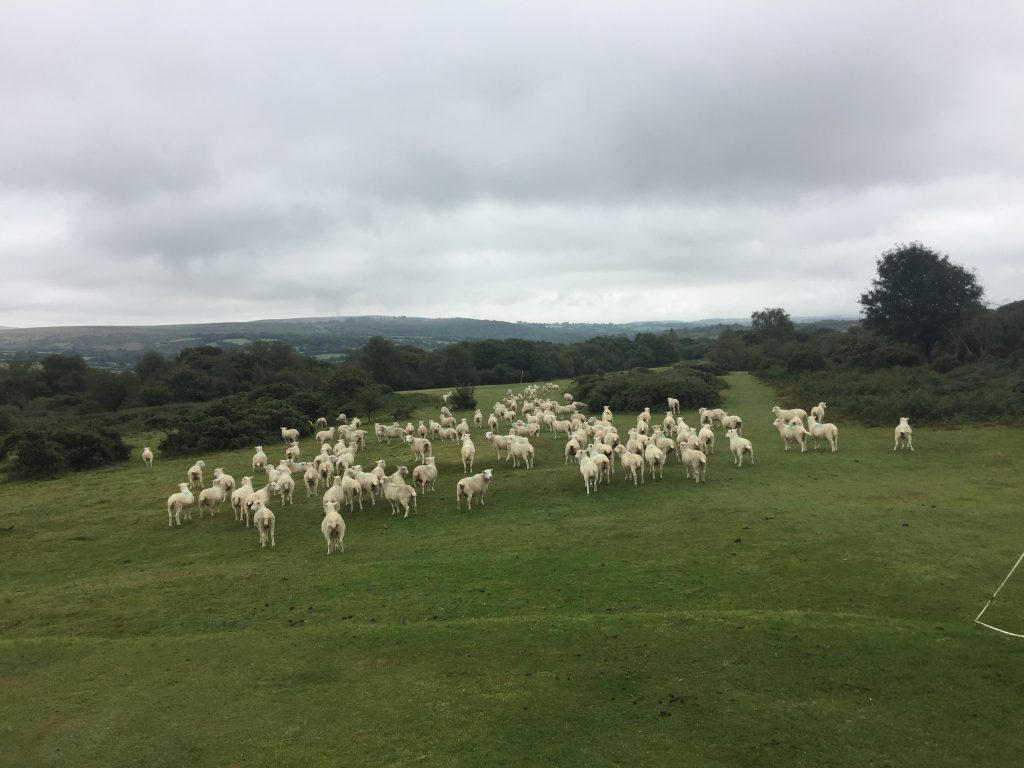
Greens’ renovation
What are we trying to achieve? Do we need to do it? If our goal is to reduce organic matter or improve soil texture, then invariably some level of renovation will be required. But the intensity and depth of treatment should be determined by accurate laboratory analysis. Depending on the results, we may need to perform more aggressive treatments like deep scarification or hollow tining, or alternatively, our goals may be simply achieved through intensifying the level of routine top-dressing or micro aeration.
In some cases, the annual hollow tining treatment may be doing more harm than good, by removing precious top-dressing material from the upper profile which has built up through years of dedicated sanding. It may also be unnecessarily softening and unsettling the surfaces and providing an ideal opportunity for annual meadow grass to ingress.
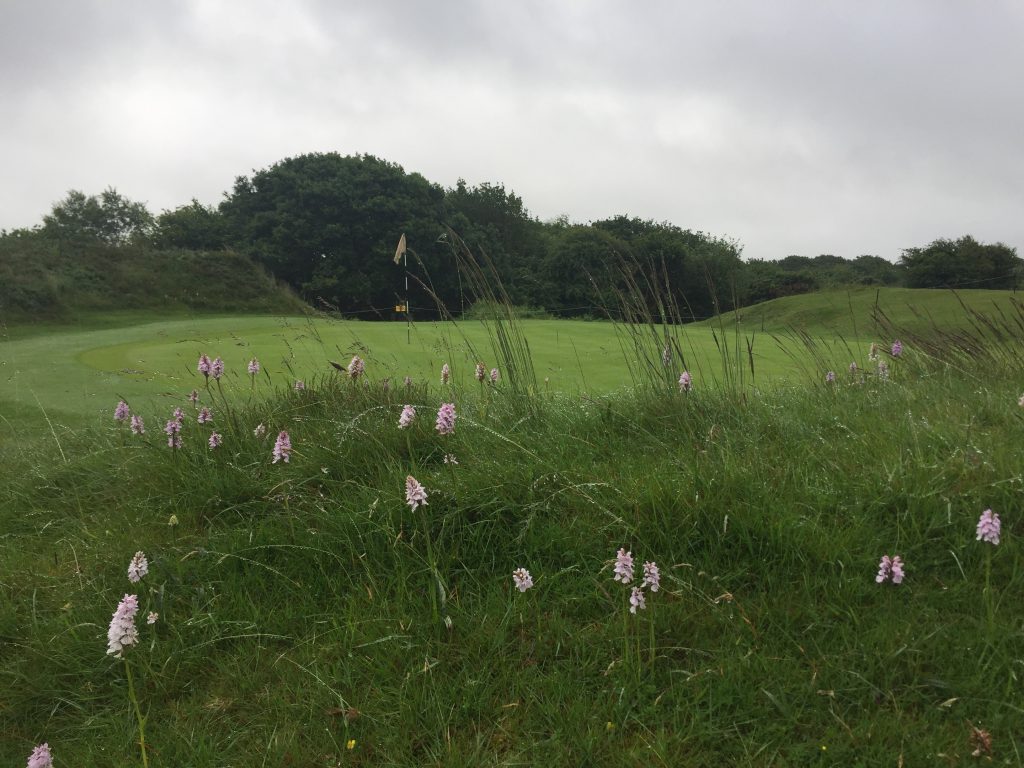
Grass composition
If improving grass composition is our goal, then the emphasis may turn to overseeding and creating an appropriate balance of nutrient, water and mechanical input to favour the more desirable grasses. The first question we must ask in this instance is … are we there yet? If the greens are still too thatchy or suffering from poor drainage or shade, then investing in overseeding may be a waste of time (and resources!) and our focus should turn back to improving the growing environment firstly. If the environment is well set, then proceed! The other scenario to consider is one where the greens are already supporting the desired sward blend. In this instance, do we need to overseed at all? Or maybe we can just focus our efforts on the botanically weaker greens.
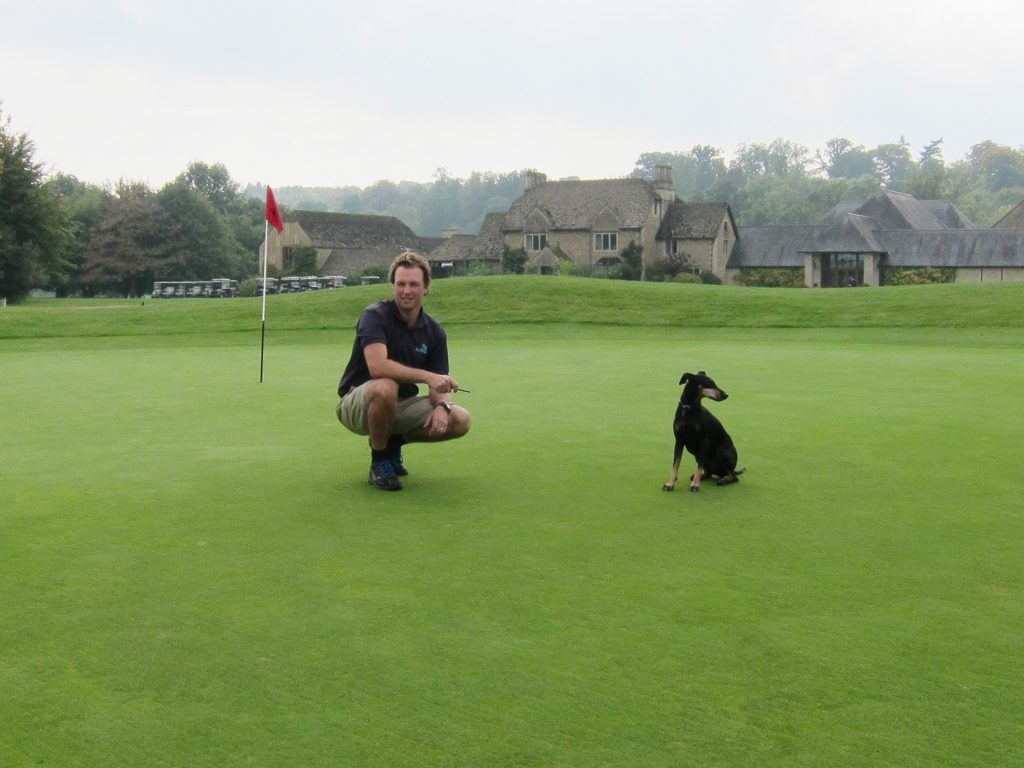
Nutrition
No one size fits all! Nutritional inputs will vary from year to year, sometimes from green to green and certainly from course to course. Managing nitrogen input is the most important factor as this will determine growth and plant health, which will in turn influence turf performance, organic matter production and greens’ maintenance requirements.
Overfeeding should be avoided at all costs as this will encourage organic matter to accumulate, thus increasing the requirement for aggressive renovations and more intensive top-dressing. Soft, lush growth will also make the plant more vulnerable to turfgrass diseases and require increased fungicide input to provide control.
On the other hand, underfeeding can also be detrimental. This is often well-intentioned in a bid to encourage the finer grasses or reduce greens’ inputs but in-turn can result in weak, thin turf which performs poorly and is equally susceptible to disease and moss invasion.
Our aim should be to keep growth quiet, maintain a healthy plant and deliver performance.
The requirement for other macro / micro nutrients and supplements should also be carefully considered and be determined by independent nutrient analysis each year. Only give the plant what it needs! We often see nutrients such as potassium, magnesium and calcium being over-applied to greens because ‘we feel we should’ or following questionable advice. This is a waste of resources and expenditure and can sometimes be to the detriment of our turf.
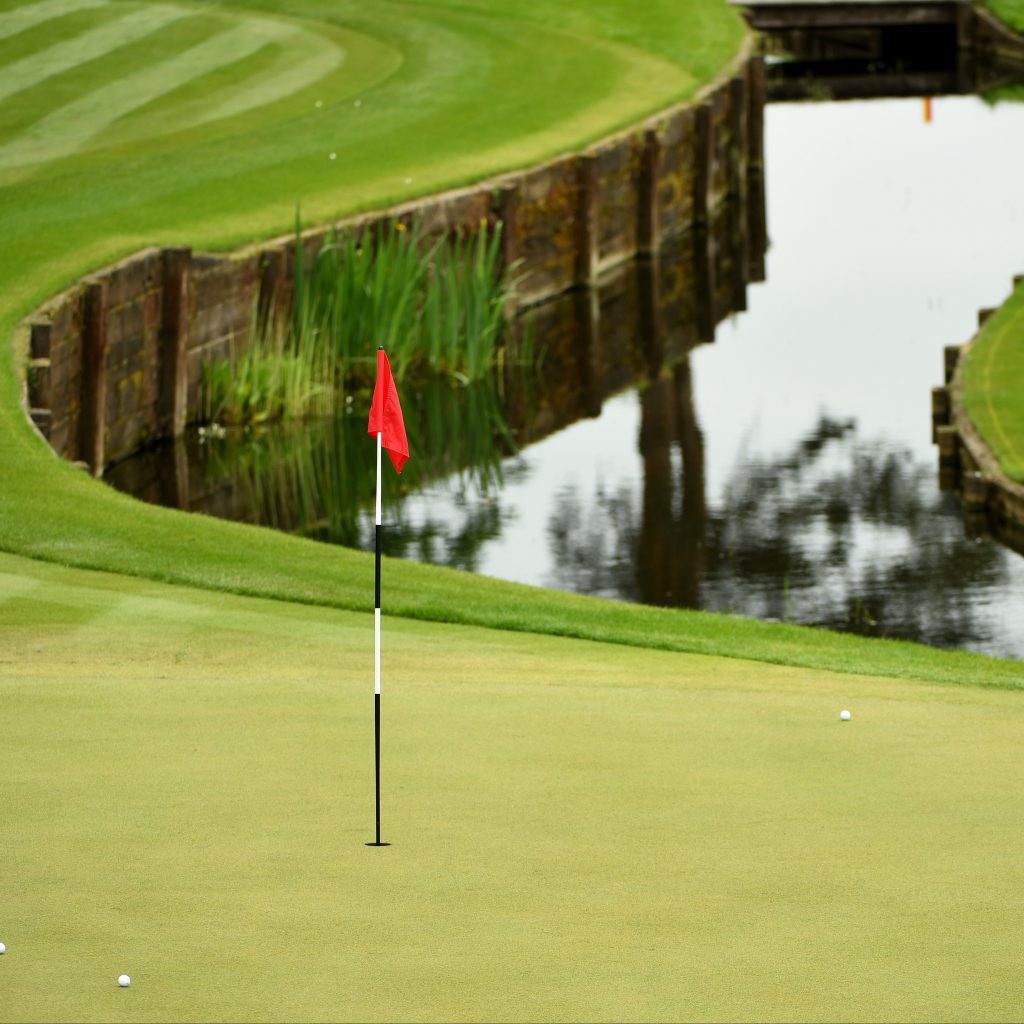
Aeration
There is no doubt that aeration is a fundamental part of sound greenkeeping but getting the type and frequency right is essential to achieve the desired agronomic benefit. We must question what are we trying to achieve with each aeration input? Is it compaction relief, root development, gaseous exchange or all of the above?
Do I need to do it? If your soils are well-structured to depth and draining well, then a deep tine verti-drain treatment won’t be necessary and may actually cause unnecessary surface softening and disruption. Instead, we may consider a simple pencil tine treatment to aid soil gaseous exchange and rooting.
Is now the most appropriate time for my aeration? For example, verti-draining the greens when the underlying soils are too wet or the ground conditions are too soft, can be counterproductive and detrimental to the soil structure and surfaces.
We can also have a negative effect on botanical composition if our timing of aeration is incorrect; particularly if the holes are made during periods of annual meadow grass seeding or germination. Disturbance at this time will provide a timely seedbed for the annual meadow grasses.
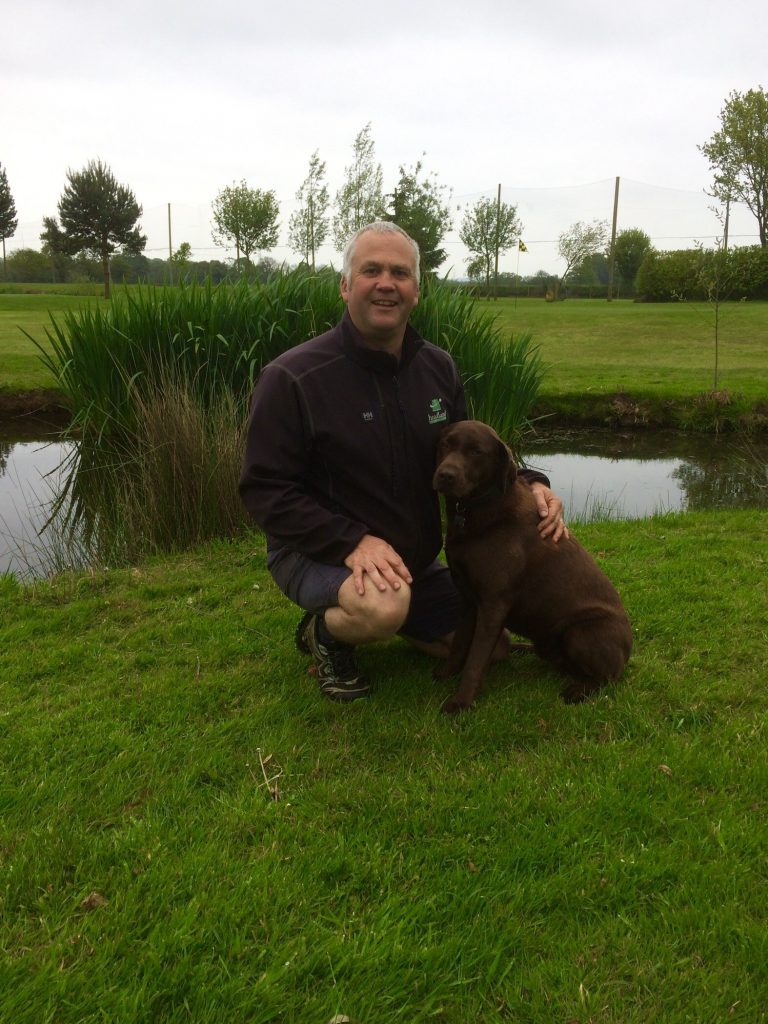
Top-dressing
Top-dressing is a fundamental part of greens’ management and our aim through the year should be to apply enough top-dressing to dilute organic matter at a rate faster than it accumulates. If our top-dressing inputs are too low, then organic matter will accumulate and hinder the year-round performance and agronomic condition of our surfaces.
However, can we apply too much? Absolutely! If our organic matter levels are under control and soil texture favourable, then we only need to apply enough top-dressing to avoid organic matter building up again. Applying too much in this instance may not be achieving anything and actually be abrasive to the finer grasses, whilst also wasting man hours and expenditure. Therefore, sitting on our hands may see the finer grasses flourish and add a few more quid to the budget!
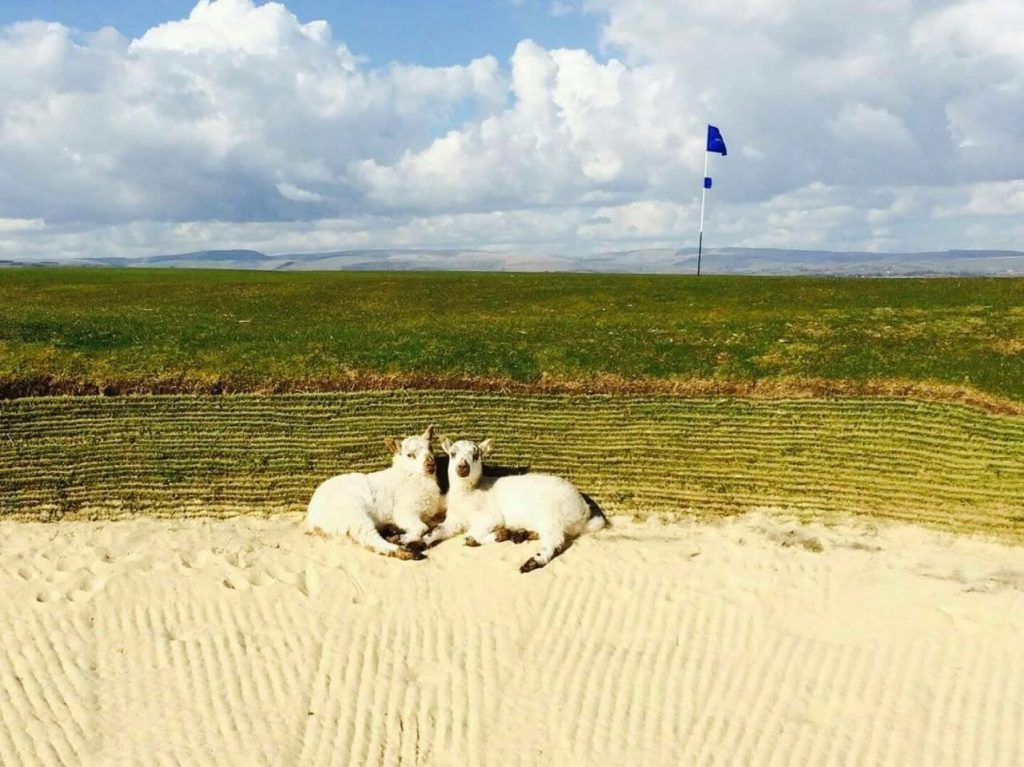
Surface refinement
Surface refinement is perhaps one of the key areas where we can be guilty of doing too much at times in a bid to please the golfer. The more we do to our turf, the more damage we inflict and so all inputs must be necessary and carefully considered. If our greens are smooth, true and running at five inches after a cut, do we then need to roll?
Overdoing refinement – whether that be cutting, brushing, verti-cutting or rolling, will impart considerable pressure on the sward, often for no great gain in performance, not to mention a waste in fuel and time. This will hinder botanical improvement and potentially waste the investment in overseeding earlier in the year.
For us to make an informed decision on refinement requirements, we should be closely monitoring the performance of our greens and understand our target audience. This may highlight that the planned roll or second cut can at times be avoided or just applied to a couple of the slower, grassier greens. Food for thought!
So in summary, sustainable greenkeeping is considering everything we do and only applying what our turf needs in order to perform. Sometimes sitting on our hands is the most appropriate thing to do – and it enables us to work smarter, not harder!
Adam Newton is a senior agronomist at the STRI

























